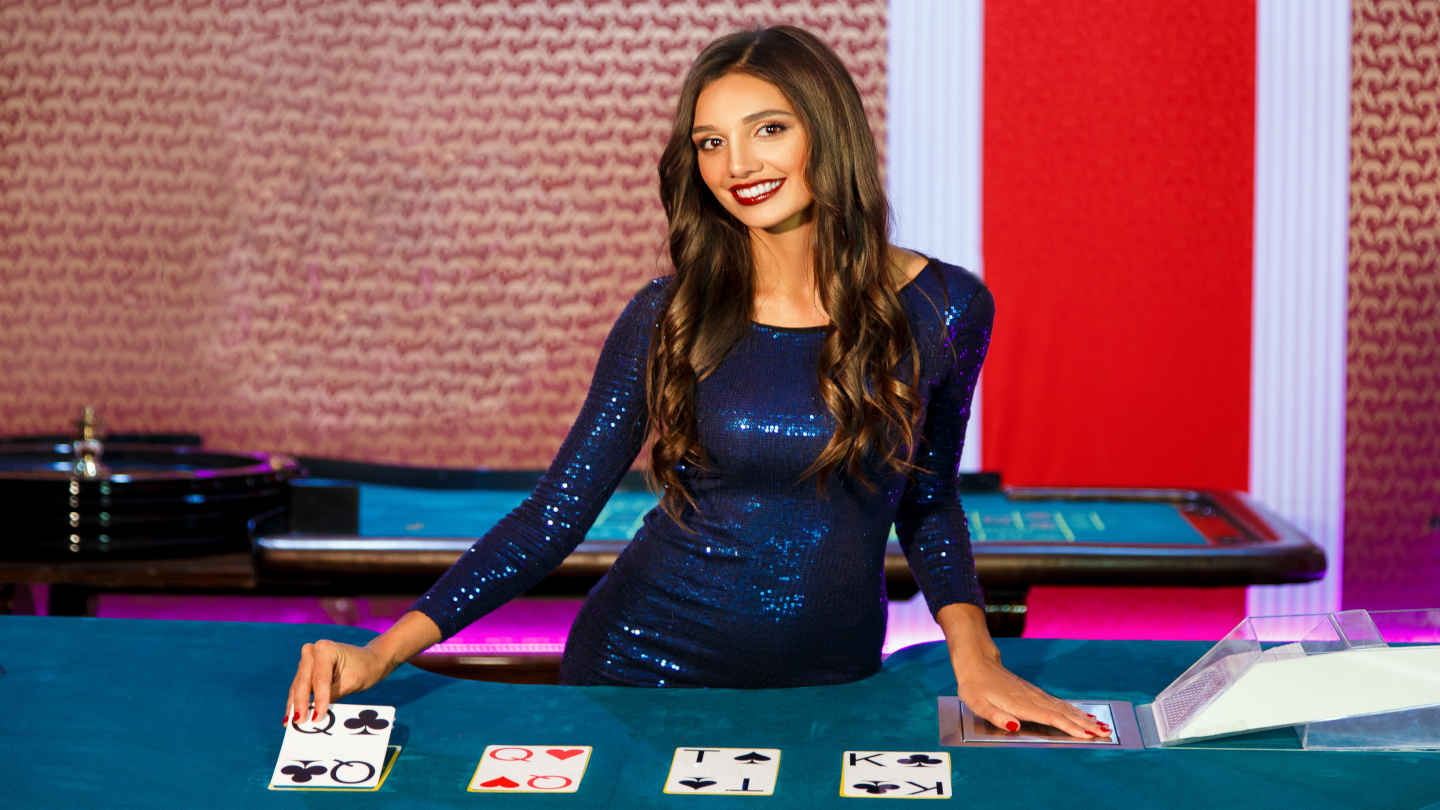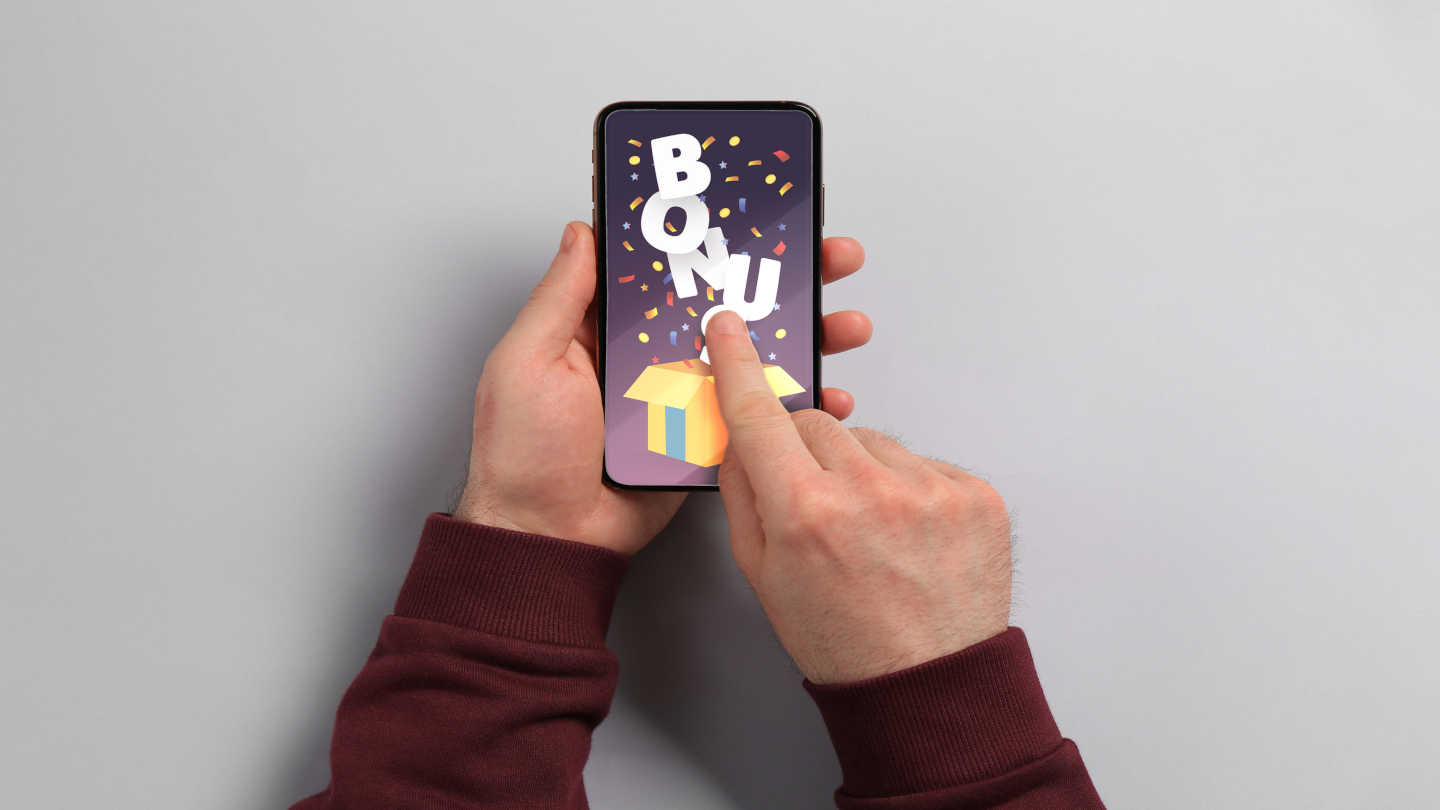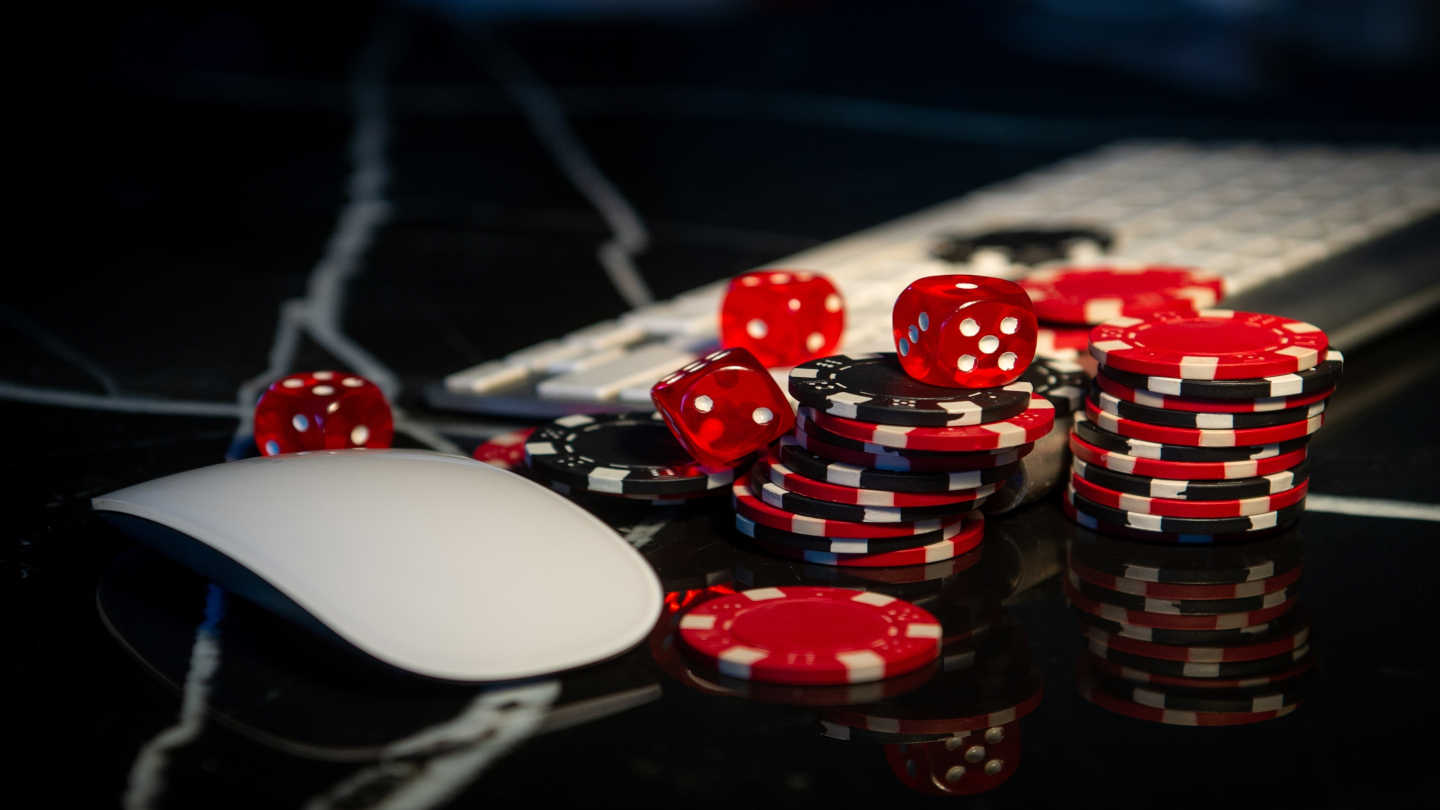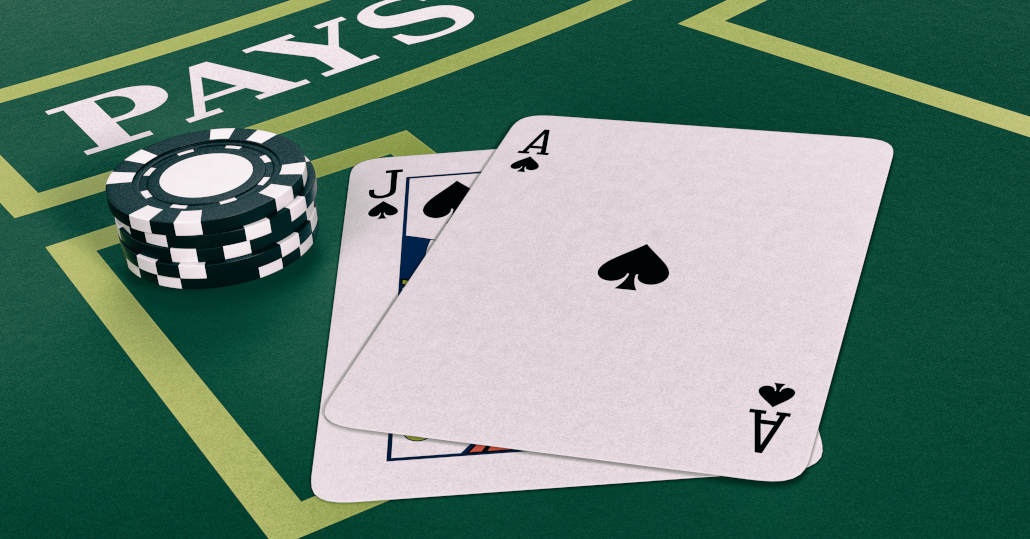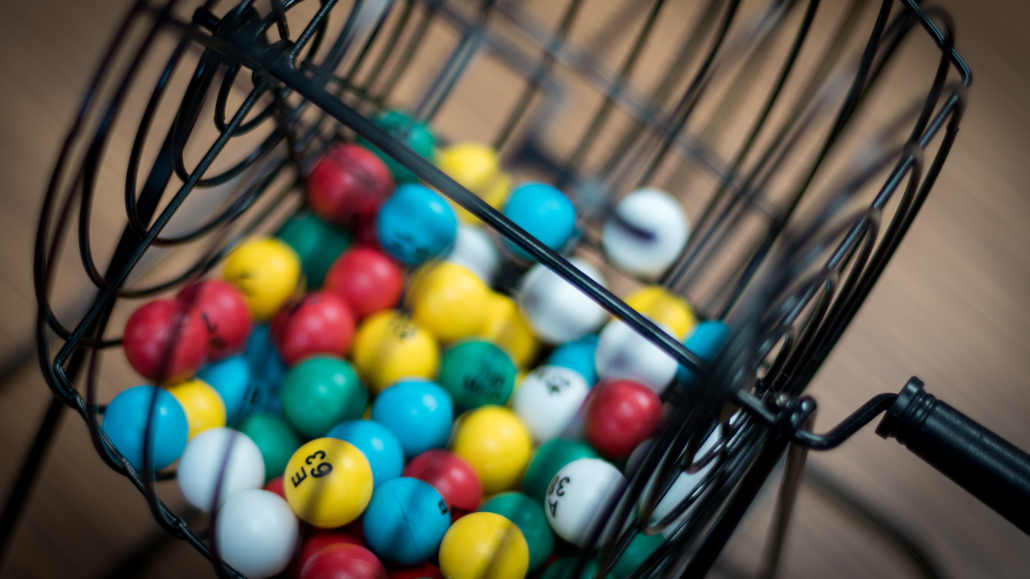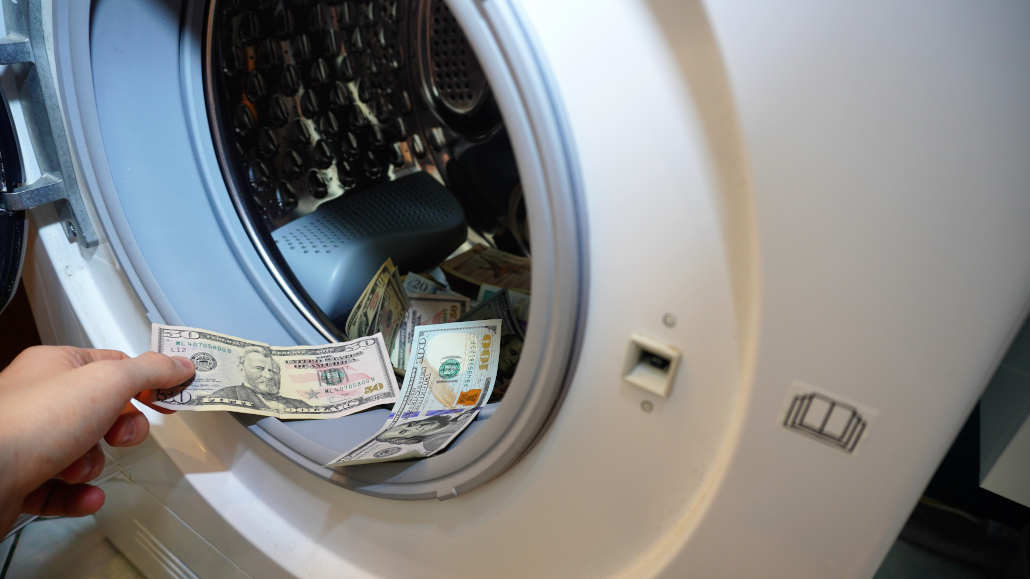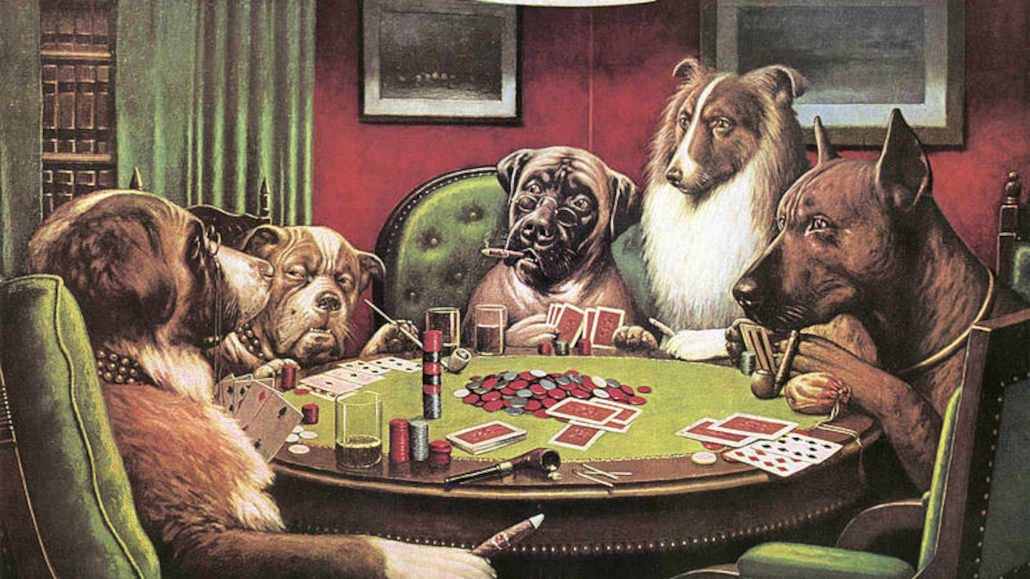Spanish 21 Rules – What You Need To Know About This Blackjack Variation?
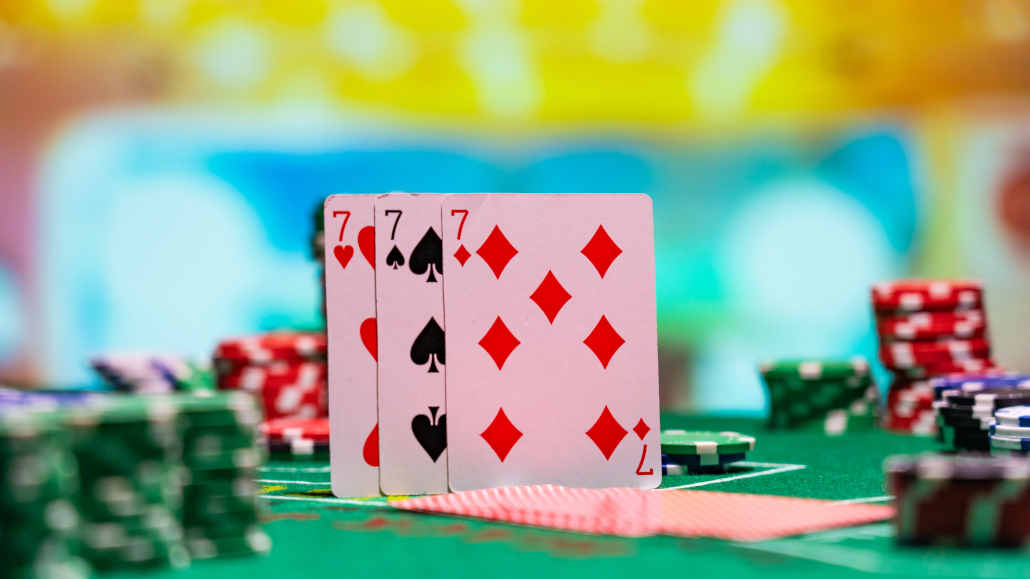
13 minutes
Last Updated: May 13, 2022
Spanish 21 Rules – What You Need To Know About This Blackjack Variation?
The plain classic version of blackjack is fun on its own. But, when you consider there are countless variations of this game that you can try out, it offers you even more entertainment value for your money.
In this context, Spanish 21 is undoubtedly one of the most entertaining variations of this cool casino game.
It’s unique and exciting, although not many casino gamblers are familiar with how it works.
In this comprehensive Spanish 21 guide, we’ll cover everything you need to know about this exhilarating blackjack variation.
Not only this, but we’ll compare it with classic blackjack to highlight the differences and share with you a handful of tips on how to play Spanish 21. Read on to learn more!
What Is Spanish 21?
Simply put, Spanish 21 is a variation of blackjack with a lot of unique twists. Many Spanish 21 players describe it as a traditional blackjack game with exciting payouts of a casino slot machine.
And, when you consider that some bets in Spanish 21 can pay out significantly more than those in blackjack, it’s easy to understand why many players gravitate towards this variation.
But, before you can switch from blackjack to Spanish 21, you should know that there are some significant differences between the two. This brings us to the next key part.
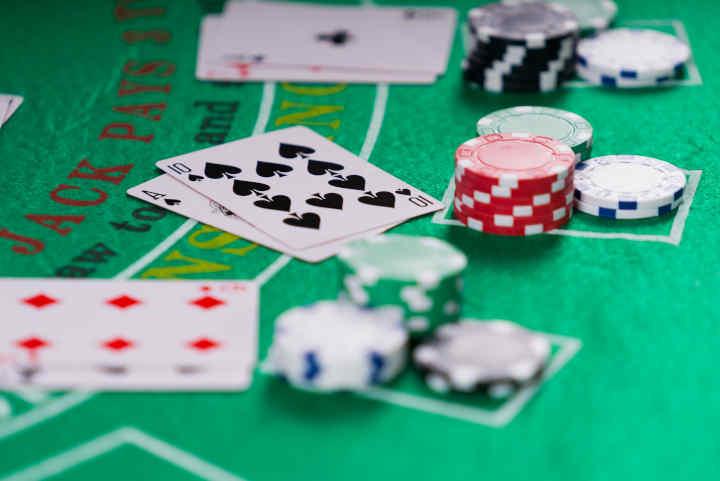
Spanish 21 vs. Blackjack: What Are the Differences?
There are many similarities between Spanish 21 and traditional blackjack, but there are arguably even more differences between the two.
For players who enjoy both variations, the most obvious difference is the absence of 10s. Right away, this means that a Spanish deck has 48 cards. Moreover, all live Spanish blackjack games have either six or eight decks.
Another great rule in Spanish 21 is that a player blackjack always wins the game. Whether the dealer has a blackjack or not, if the player draws to 21, their hand wins immediately.
Lastly, but equally as important, in Spanish 21, there are many different payouts depending on what cards make up the 21. Let’s take a closer look at all of these payouts:
- 21 made up from a 6, 7, and 8 or three 7s pays out 3:2 if not suited
- 21 with a 6, 7, and 8 or with three 7s pays out 2:1 if suited (spades not included)
- 21 made up from a 6, 7, 8, or three 7s pays 3:1 if all of the cards are spades
- 21 made up from five cards pays out 3:2
- 21 made with six cards pays 2:1
- 21 made from seven cards pays 3:1
Spanish 21 Rules & How to Play It
To start playing Spanish blackjack, you need to make a bet. In most casinos, you can play more than one hand for double the table’s minimum bet.
Once you’ve made your bet, you’ll receive two cards, and the dealer will receive two cards. Your cards are dealt face up, while the dealer will have one face up card and one face down card.
In this aspect, Spanish 21 rules don’t differ at all from those in other blackjack variations, including single deck blackjack.
If you have a blackjack, the dealer will pay you immediately. Players can’t push on 21 in Spanish 21.
In case the dealer shows an ace, all players remaining in a game can take insurance. This isn’t advisable, as insurance is generally a poor bet in both classic blackjack and Spanish 21.
If the dealer shows a Jack, Queen, King, or Ace, they will check their hand to see if they have a blackjack. If yes, all players still in the hand lose. If not, the game continues as normal.
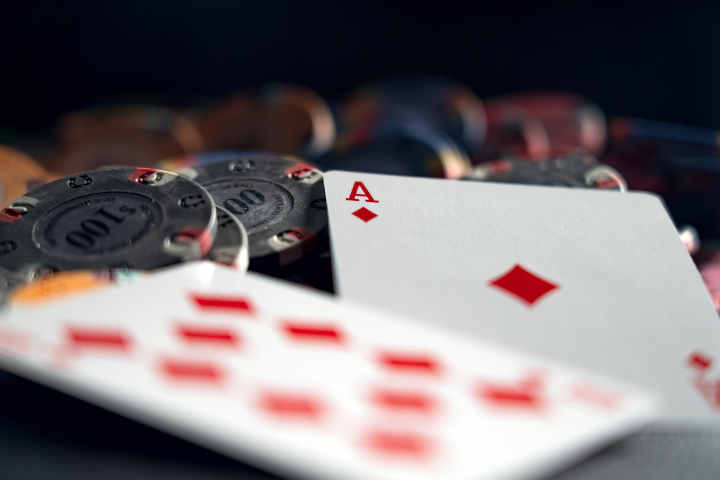
According to Spanish 21 rules, splitting is only available if you have a pair. You split by placing an additional bet equal to your original one. This turns your pair into two hands that you play separately.
After splitting, you can also double down or surrender on any number of cards. Additionally, it’s useful to remember that Spanish 21 allows you to hit, double, or re-split Aces.
The players still in the game have the option to hit, stand, double down, or surrender. Once you and all players have made their decisions, the dealer will show their hole card.
This means that the dealer established their card, after which they can compare it to the cards of other players still in the game. From this point, the payout Spanish 21 rules are pretty straightforward:
- If the dealer has a higher total than the player, the player loses
- If the dealer and the player have the same hand (and it’s not 21), the hand is a push, and the player gets back the initial bet.
- If the player has a higher total than the dealer, they get paid even money.
Quick Tips How to Play Spanish 21
Like blackjack, this game combines both luck and skill, so you can’t overly rely on either factor if you want to be successful in the long run.
With that in mind, we’ve summed up the best quick tips on how to play Spanish 21 and be successful at it. Let’s take a closer look:
1. Always Have a Strategy Chart If You’re a Beginner
If you’re an absolute beginner Spanish 21 player and are just learning your way around the game, the best and most important thing you should do is have a strategy chart always by your side.
A strategy chart covers all of the decisions you should make for every possible hand combination and depending on what the dealer’s upcard is.
That said, it’s crucial to note that you can’t use a standard blackjack strategy chart for Spanish 21, which is a common mistake among beginner players.
Make sure you get the appropriate chart for this game so you can be sure you’re always making the optimal betting decision.
2. Know When to Hit and Stand
A strategy chart can always be helpful, especially if you’re a beginner. That said, there are some situations in Spanish 21 in which you don’t need a chart, as you should always do the same thing.
More specifically, in this game, you should always hit when your total is a hard 8 or lower. Conversely, you should always stand when your total is a hard 17 or higher.
The logic behind these two rules is simple and effective. When it comes to the first situation, you can’t bust out, and you’re not in a good position to split or double down, so it’s best to hit.
Oppositely, a hard 17 means that you already have a fairly decent hand and that your chance of busting out is close to 70%. The only exception to this second rule is if the dealer has an Ace upcard, in which case you should always late surrender.

3. Know When to Split in Spanish 21
Apart from knowing when to hit and stand, knowing when you should split can significantly contribute to your success in Spanish 21.
To help you out in mastering splitting, here’s a rundown of all of the scenarios in which you should split your hand in this variation:
- Pair of 9s – Always split against the dealer’s 2, 6, and 8, 9. Stand if the dealer has 2, 7, 10, and A.
- Pair of 8s – Split in all scenarios, except when the dealer has an Ace, in which case you should surrender.
- Pair of 7s – Split against the dealer’s 2, 7. Hit in every other scenario.
- Pair of 6s – Split if the dealer has 4, 6. Hit in any other situation.
- Pair of 5s – Play it in the same way as a hard 10.
- Pair of 4s – Always hit.
- Pair of 3s or 2s – Split if the dealer has 2, 8. Hit if the dealer has 9, A.
4. Learn How to Play Hard Totals
Hard totals can be tricky to play with, as many players don’t really know what they should do with each specific hand, so they often end up improvising. To avoid doing so, you should stick with these guidelines:
- Hard 17 – Stand in all situations, except against a dealer Ace, in which case you should surrender.
- Hard 16 – Stand against the dealer’s 2, 6 unless you have four or more cards. Hit in all other scenarios, unless the dealer has an Ace upcard, in which case you should surrender.
- Hard 15 – Stand if the dealer has 2, 6, except when you have four or more cards. Hit in every other scenario.
- Hard 14 – Stand against the dealer’s 4, 6, unless you have four or more cards. Hit in all other situations.
- Hard 13 – Hit in all scenarios, except against the dealer’s 6, in which case you should stand.
- Hard 12 – Always hit.
- Hard 11 – Hit against the dealer’s 9 or higher. Double down if the dealer has a 2, 8.
- Hard 10 – Hit if the dealer has an 8 or higher. Double down against the dealers 2, 7.
- Hard 9 – Double down if the dealer shows a 6. Hit in all other situations.
Again, this is why it’s useful to have a Spanish 21 chart always near you, as it will help you spot the little differences and avoid having to memorize all of these decisions.
5. Learn How to Play Soft Totals
As with classic blackjack, soft hands provide you with different ways to play them. This is why it’s crucial to know how to take advantage of a soft total to give yourself the best winning chance in every scenario.
With that in mind, here’s how to play soft totals in Spanish 21:
- Soft 19 (A8) or Better – Always stand.
- Soft 18 (A7) – Hit against the dealer’s 9, A. Stand if the dealer has a 2,3, and a 7, 8. Always double down if the dealer has a 4, 6 unless you have four or more cards.
- Soft 17 (A6) – Double down against the dealer’s 4,6, unless you have four or more cards. Hit in every other scenario.
- Soft 16 (A5) – Double down against a 5, 6, unless you have four or more cards. Hit in any other case.
- Soft 15 (A4) – Double down if the dealer shows a 6, except if you have four or more cards. Hit in every other scenario.
- Soft 14 (A3) and 13 (A2) – Always hit.
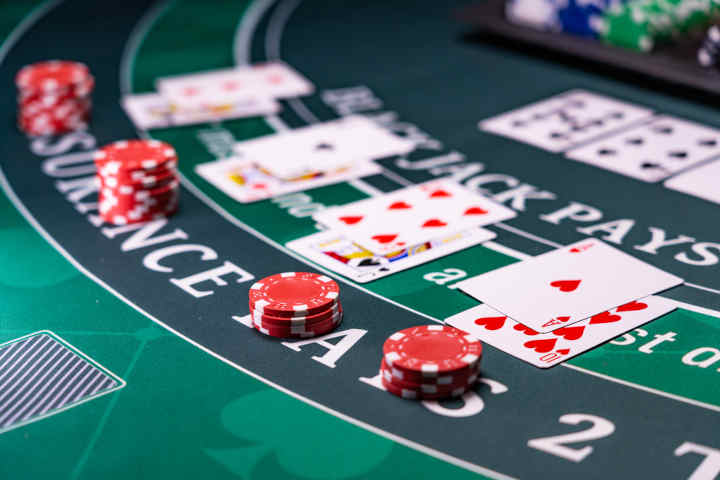
6. Avoid Placing Spanish 21 Match the Dealer Bets
Match the dealer bet is a Spanish 21 side bet with a simple goal. You need to match either of your first two cards with the dealer’s upcard to win the bet.
In theory, this side bet can be very rewarding, as you can expect payouts anywhere from 4:1 up to an amazing 18:1.
That said, like most side bets in casino games, match the dealer has a higher house edge than that you can expect in the main game.
More precisely, the regular house edge in Spanish 21 is usually around 2%, although you can bring it to less than 1% with an optimum betting strategy. If you take the match the dealer bet, the house edge increases to around 3% or more.
While this is still a fairly low house edge compared to what you can expect with most other side bets, the percentages can still rack up over time. So, it’s better to save yourself this expense and stick with the main game.
Is Spanish 21 a Good Choice For You?
Blackjack is a very cool and exciting game on its own, but Spanish 21 brings about many variations and different rules that make it arguably even more exciting and fun than traditional blackjack.
With this in mind, it also means that Spanish 21 requires differing strategies, as you can’t play it as you would play classic blackjack.
That said, the difference in gameplay and strategies isn’t a huge obstacle, especially if you already have some gambling experience behind you. It’s certainly a game worth trying out if you like experimenting with new casino games.
And, with the tips and strategies we’ve shared with you above, along with a printable Spanish 21 chart you should always carry with you, you’ll undoubtedly find not only great fun but great success playing this game!




